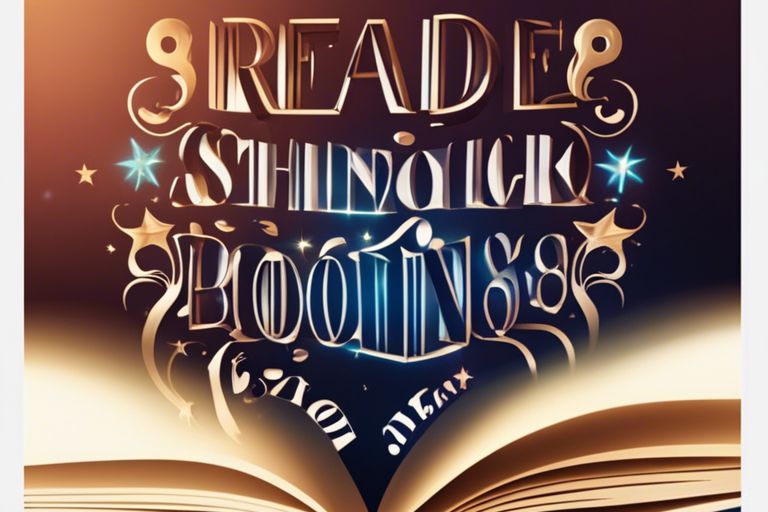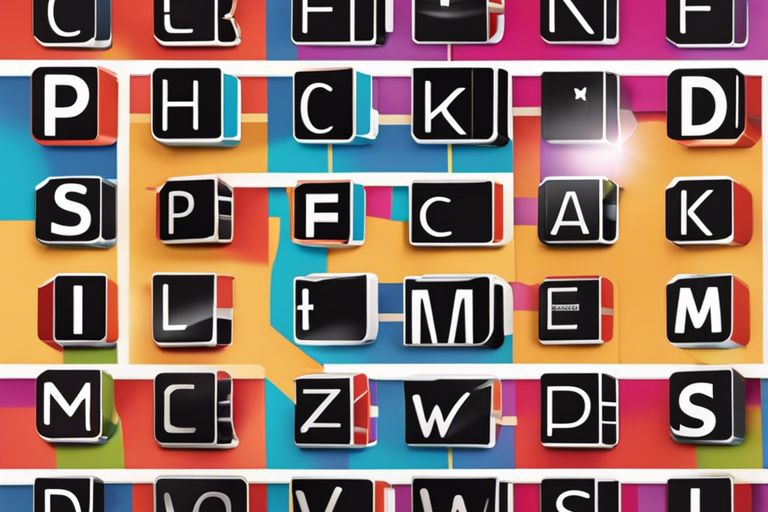In the context of teaching children how to read, the debate between whole language and phonics has been ongoing for decades. Whole language advocates believe in immersing children in complete texts to build comprehension, while phonics proponents argue for a systematic approach that focuses on teaching the relationship between sounds and letters. In this informative blog post, we will probe into the intricacies of the phonics debate, exploring the strengths and weaknesses of both approaches to help shed light on this controversial topic.
Key Takeaways:
- Phonics is crucial: Phonics instruction plays a vital role in teaching children how to read by focusing on the relationship between sounds and letters.
- Whole language approach: This approach emphasises meaning, context, and comprehension rather than breaking down words into individual sounds.
- Combination works best: Research suggests that a balanced approach, combining phonics with whole language strategies, tends to be the most effective in teaching reading.
- Teacher training is key: Educators need proper training to deliver effective phonics instruction and implement a balanced literacy approach in the classroom.
- Individualised approach: Tailoring reading instruction to meet the needs of each student can help address the varied learning styles and abilities in a classroom setting.
The Whole Language Approach
Philosophy and Principles of Whole Language
The Whole Language approach to teaching reading and writing is grounded in the belief that language should be taught as a whole, integrated system rather than breaking it down into individual phonetic components. It focuses on meaning-making, context, and real-life connections to language, encouraging students to develop their reading and writing skills in a holistic manner.
Advantages and Criticisms
Advocates of the Whole Language approach argue that it promotes a love for reading by embedding language in meaningful contexts, making learning more engaging and relevant for students. However, critics suggest that without a strong foundation in phonics, some students may struggle with decoding unfamiliar words and spelling accurately, leading to potential reading difficulties.
Despite criticisms, Whole Language can be a valuable tool in developing students’ language skills by emphasising comprehension, fluency, and critical thinking in reading and writing. It is important to strike a balance between Whole Language and phonics instruction to ensure that learners have a comprehensive set of skills to become proficient readers and writers.
The Phonics-Based Approach
The Role of Phonics in Reading Development
Phonics is a crucial aspect of reading development in the phonics-based approach. It focuses on teaching children the relationships between sounds and the corresponding letters or letter groups in written language. By learning phonics, children can decode unfamiliar words by sounding them out, which enhances their reading fluency and comprehension.
Advantages and Criticisms
The phonics-based approach has advantages such as providing a systematic way to teach reading, improving word recognition skills, and boosting spelling ability. However, critics argue that it may oversimplify the reading process and neglect other important aspects such as comprehension and vocabulary development.
Despite criticisms, research has shown that a balanced approach combining phonics instruction with other reading strategies yields the best results for reading achievement. Phonics lays a strong foundation for early readers, but it should be supplemented with activities that promote comprehension, fluency, and critical thinking skills to ensure a well-rounded reading education.
Comparing Whole Language and Phonics
Evidence-Based Outcomes
Research has shown that phonics instruction can lead to improved reading skills, particularly in early readers. Phonics focuses on teaching children the relationship between letters and sounds, which can help them decode words more effectively. Studies have demonstrated that children who receive systematic phonics instruction tend to outperform their peers who are taught using whole language approaches.
Pedagogical Considerations
When considering pedagogy, it is important to recognise that both whole language and phonics have their place in literacy instruction. Whole language emphasises meaning-making and comprehension skills, while phonics hones in on decoding and word recognition. The key lies in finding a balanced approach that integrates both methods to cater to the diverse needs of learners. Teachers should be flexible in their approach, using a combination of strategies to ensure holistic literacy development.
It is imperative for educators to be aware of the strengths and limitations of both whole language and phonics, so they can make informed decisions about the most effective way to teach reading. By combining the benefits of both approaches, teachers can create a comprehensive literacy programme that supports all learners in developing imperative reading skills.
Finding Common Ground
Balanced Literacy Approaches
One approach to bridge the gap between whole language and phonics is the implementation of balanced literacy approaches. This method incorporates a mixture of whole language activities, such as reading for meaning and context, along with phonics instruction. By combining aspects of both approaches, students can develop a well-rounded set of reading skills that encompass both sight word recognition and phonemic awareness.
Future Directions in Reading Instruction
Looking ahead, future directions in reading instruction may continue to emphasize the importance of balanced literacy approaches, ensuring that students receive a comprehensive reading education. Additionally, advancements in educational technology could play a significant role in tailoring reading instruction to individual student needs, providing personalised learning experiences that cater to each child’s unique strengths and challenges.
As we move towards the future of reading instruction, it is crucial to consider the evolving landscape of literacy education and adapt teaching methods to best serve the diverse needs of students. By incorporating elements of both whole language and phonics instruction, educators can foster a holistic approach to reading that empowers students to become proficient and confident readers.
Breaking Down the Phonics Debate – Whole Language vs. Phonics
After breaking down the phonics debate between whole language and phonics, it is evident that a balanced approach is crucial for effective reading instruction. While whole language emphasises meaning and context, phonics focuses on decoding skills. Both methods have their strengths and weaknesses, but research supports the integration of phonics instruction within a whole language framework to promote reading success. Educators and policymakers should acknowledge the importance of combining these approaches to cater to individual differences in learning styles and abilities. By embracing a blended approach, we can foster a comprehensive literacy environment that nurtures both word recognition and comprehension skills, ultimately empowering students to become proficient readers.
FAQ
Q: What is the Phonics Debate about?
A: The Phonics Debate centres around the best approach to teaching children how to read, with Whole Language and Phonics being the two main methodologies in question.
Q: What is Whole Language?
A: Whole Language is an approach to reading instruction that emphasises learning whole words in context, rather than breaking them down into phonetic components.
Q: What is Phonics?
A: Phonics is a method of teaching reading and writing that focuses on the relationship between sounds (phonemes) and the letters (graphemes) that represent them.
Q: What are the benefits of using Phonics?
A: Phonics instruction helps children develop decoding skills, improve word recognition, and enhance spelling abilities by teaching them the sounds that letters make.
Q: Which approach is more effective, Whole Language or Phonics?
A: Research overwhelmingly supports Phonics as the more effective approach to teaching reading, as it provides children with vital tools to decode and comprehend written language.












